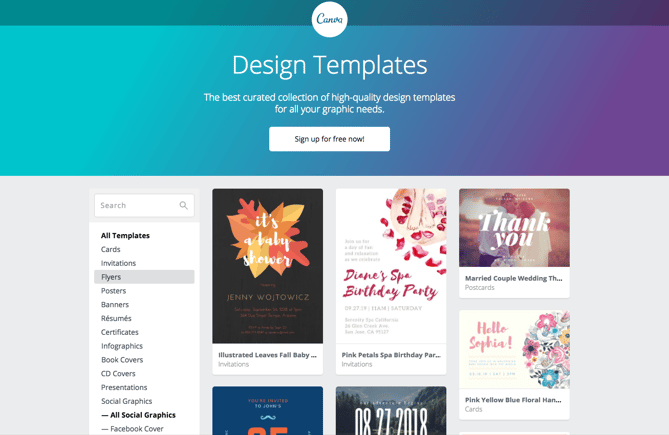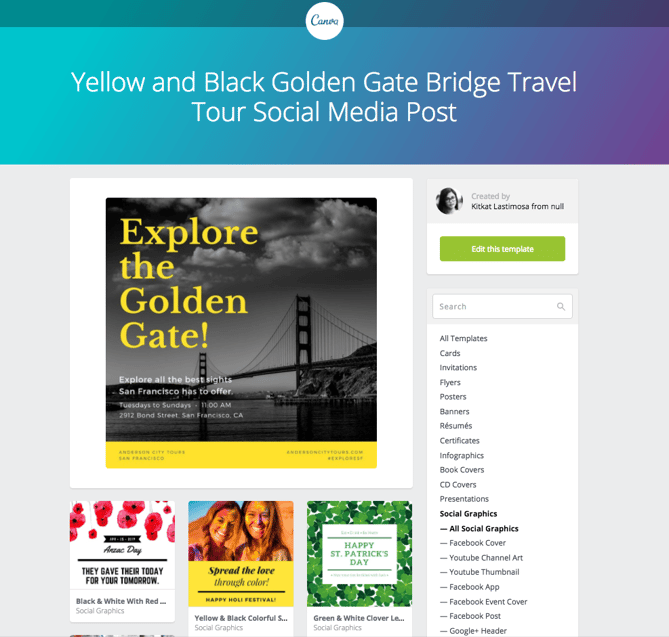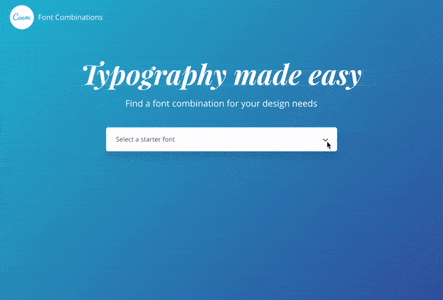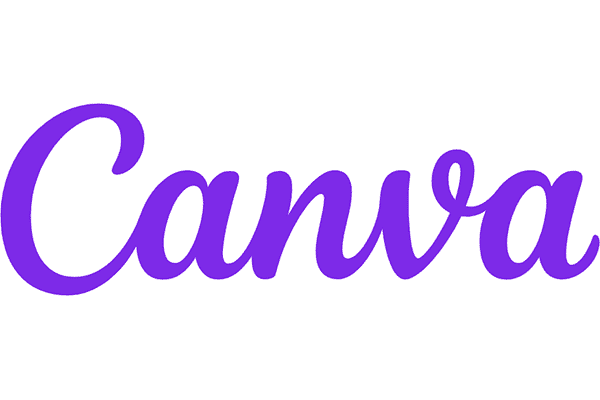Back in 2014, Peg Fitzpatrick and Guy Kawasaki wrote a HubSpot Marketing Blog post approaching the topic of visual marketing as “the next big thing.” But since then, it has been “here to stay.” After all, articles with a picture once in 75-100 words usually get 2X public sharing than articles with a few pictures.
But in a previous article, Kawasaki – the great evangelist of Canva, an amazingly simple online forum for graphic design – emphasized the importance of including shared images in blog posts, and always creating custom, relevant visual content for Pinterest, Twitter, Facebook, and Instagram posts. Granted, following that advice is easier said than done. It is time consuming and requires a lot of tools. That is, except for Canva.
It may seem like you need thousands of resources to create one custom image: Photoshop to edit an image, InDesign to set, VSCO filters, and a host of stock photography sites. But Canva integrates all of these editing and publishing tools – as well as the full photo library – into one online design site. Even better, it comes with a collection of templates that can be used for several different industries.
Download our full collection of blog design examples here to promote the design of your blog.
But whether you are creating a Facebook ad for your retail store, or an infographic for your law firm, you may be wondering where to start with Canva. That’s why we include the idea that visible advertisers – at any level of information – can use Canva. Using the animal shelter promotion for its weekend acquisition show as an example, we will guide you through the eight steps of creating visual content with these tools and templates.
8 Steps to Creating Visible Content through Canva
1) Start with a content marketing strategy.
While we do not think you have to go through the whole process of creating Gantt charts and editing calendars – or they can keep you organized – it is important to identify your content goals, as well as the forums that will best suit you.
With this weekend’s zoo acquisition event, the main purpose is to let people – like fans of the social media platform – know about the event, and want to share it on social media. In this example, we want to create posts that we will share on Facebook, Twitter, Pinterest, and Instagram, as well as visuals that can serve as a poster to print and display locally.
2) Browse the template library to find and create the right content.

Canva has a collection of specific, sophisticated templates for a variety of content. The template page is organized into categories – content types – and sub-themes or topics. For example, you can choose between postage templates or presentations, based on the content marketing strategy you created in the previous step. Also, each one is already enhanced with the right ratings for things like banners, articles, and cover images for specific sites like Facebook, Twitter or LinkedIn.

Remember that these templates are designed to be your foundation for you to start designing. For many creative professionals, from writers to designers, starting with an empty canvas can be one of the biggest challenges. With these templates, you do not have to create your own content from scratch, or hire a professional designer just to create your everyday images.
Our example of animal shelter, we will start with this social media imagery template:
In the next steps, we will show you how to edit this template using Canva design tools for drag and drop.
3) Get visuals to accompany your post using Canva’s built-in photo library.
Visual content has a 40X greater chance of being shared on social media than other types of content. And since we are looking for the right pet pets to get the most engagement on social media, like comments and sharing, we should include the right kind of images in your promotion. Using Canva’s built-in media library, we will look at a picture of a beautiful cat to attract people – and hearts.

To get started, type a keyword or two into the search bar, then select from any photos or drawings – that means no more Google search images. An extensive photo library covers a wide range of topics and themes, such as abstract images, style, landscape, people, and animals. Once you have found a great picture, just drag it to your design, and drop it where we need to go.
Canva also allows you to upload your own images and use them in your design, ready to add your logo and other visual content to the content. (You will notice that the text has changed in the image below – we will get to that in our next step.)
4) Match the picture and text using typography.
Now that we have a beautiful cat image that can attract attention, we need to give our audience some information about the adoption show. And since we are already working on the template, we can simply edit the holder text and add the appropriate details.

Excellent social media content for photography and text – remember the statistics we mentioned earlier about copy sharing that includes the right amount of photos. However, making sure that your font matches all visual content can be tricky. While some experts have years of experience helping them to pair fonts, Canva offers a shortcut: A tool for matching fonts.
First, choose your first font. Then, this useful tool shows you the best font combination of your chosen type, as well as real-life examples from the web.
5) Enhance your image with a filter.
Filters are a great tool for easily changing the image tone. Also, applying a custom filter to all your various posts can help create a theme and tie your campaign together, improving consistency and visibility.
To add a filter, select your image, click the filter button, and then select from any of the 14 custom filters available in Canva. Use the slide to control the filter thickness. There are also advanced options that allow you to play with different settings such as brightness, brightness, and space filling, or to add vignette-like effects.
6) Resize your entire design to fit different platforms.
We have finished creating our visuals. That was quick, wasn’t it? Now, we have to send you to share it on all social media networks, and print our poster. That also means we may have to change the size of those various stores – but instead of going back and redesigning all the visuals according to the size required for each one, we can use the Canva’s Magic Resize tool.

The Magic Size Changing Tool is available for Canva for Work users – a paid program that starts at $ 12.95 per month. But if you use free tools, do not be afraid, as we have included some directions below.
Having said that, Magic Resize is a time-saving feature that allows you to copy and resize single design formats to various channel formats. Just click on “File,” navigate to “Resize Resize,” and select the different formats you want to use to suit your idea. Then, click the “Resize” button, and you’re done.
Users of free Canva tools can also resize their designs by creating a copy of the original view. Click “File,” “Resize,” and select the format in which you would like to increase the design size.
7) Join a group, or post visuals on social media.
Canva lets you collaborate with your team or design partners visually, within the same platform. Just click “Share”, navigate to “Connect,” and select the “edit” option to generate a link that allows others to edit your design. Or, you can select the “view” option to let someone else see your photo. design, without the ability to edit it.
If not, you can post your final design directly to Facebook or Twitter. There is also an embedding option, which generates embed code for your design on your blog or website.
On some channels, or if you want an offline copy of your design, you can download the image file in JPG, PNG, or PDF format ready for printing. In view of the animal habitat, we will download the version of the design paper as a high quality PDF file, in order to improve its printed appearance.
8) Learn to make better designs with free, interactive Canva tutorials.
Great job – make a great design, with incredibly simple tools. But you probably want to learn more about design – and Canva’s Design School is just a place to do it.
Design School is a resource hub for learning the basics of design – everything from essential design tools, to typing, graphic design, to consistent branding. One of the most popular offerings is Canva’s 30 “Design Essentials” for teaching, which includes fonts, structures, and illustrations. Also, you can track and share your progress as you continue with different courses.
Starting with the following courses can help you to hone your skills at some of the visual content development steps we are experiencing today:
- Marry Text and Photos
- Brilliant Backgrounds
- Choosing the Right Font
- Improving Images
- Fine Photo Filters
- It may also be helpful to check out the Design School daily blog, which focuses on specific topics, such as designing a social media platform, creating better email themes, design principles, and even mind design.
Draw Inspiration
Apart from the options we have included here, there are actually many designs and tools you can explore in Canva. In addition to advertising ideas such as the animal model we used, you can create presentations, infographics, brochures – and much more.
One of the most distinctive features of Canva, however, is that the above steps are very similar to all the different types of texts, thanks in large part to the ready-made templates. So don’t let the structure of the visual content scare you. It is more than perfect – and we can’t wait to see what you come up with.
What are some of your favorite tools for creating visual content? Let us know in the comments.
